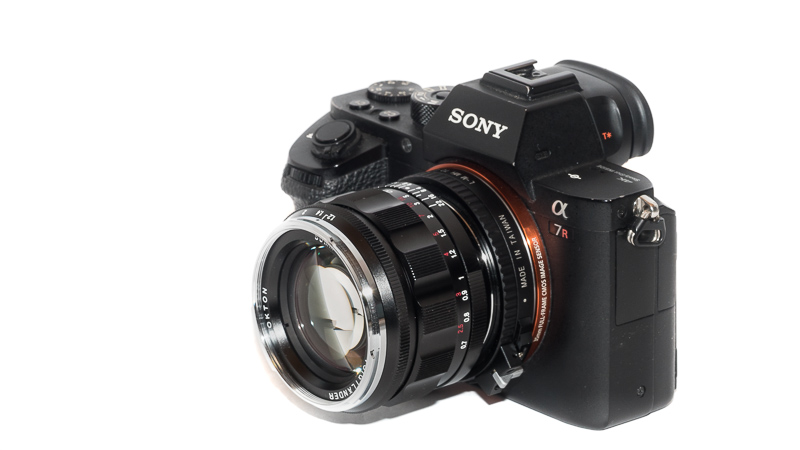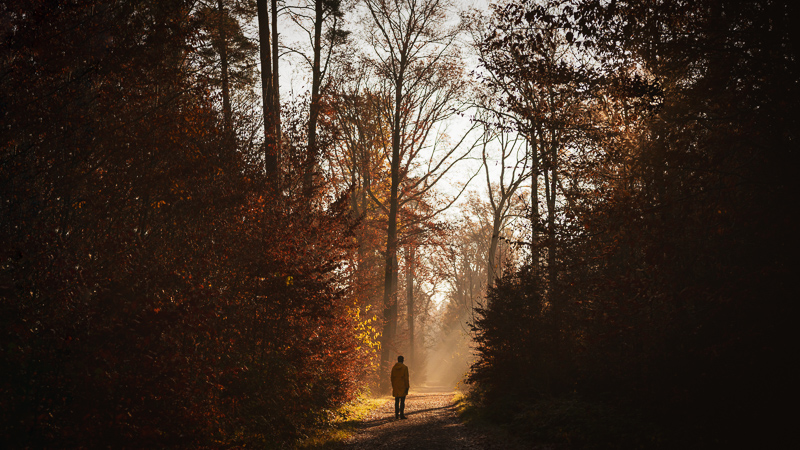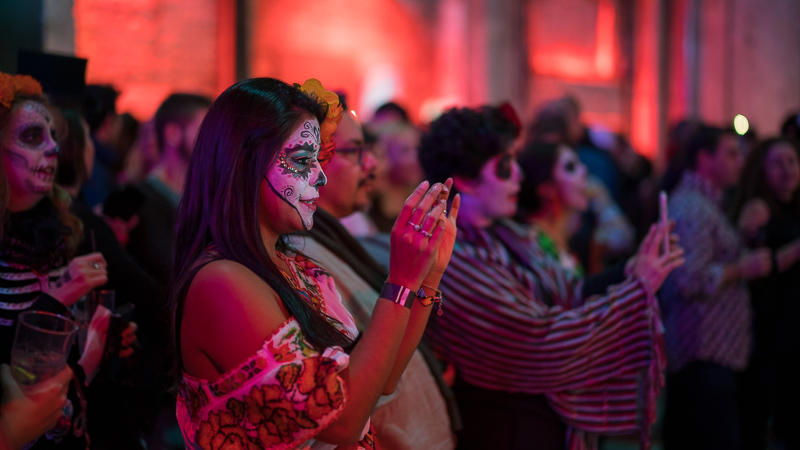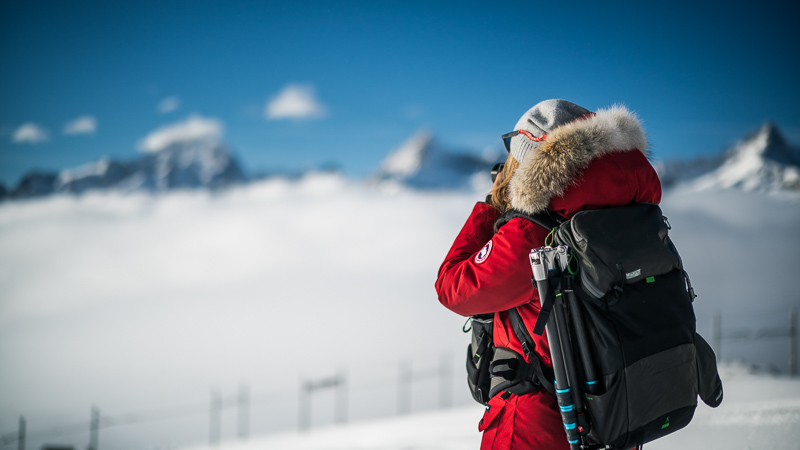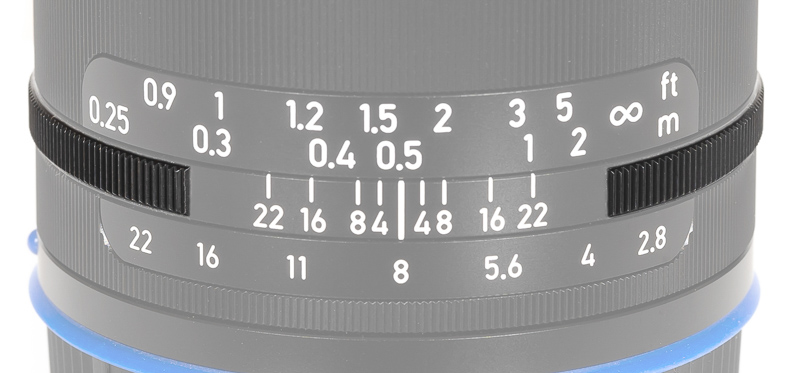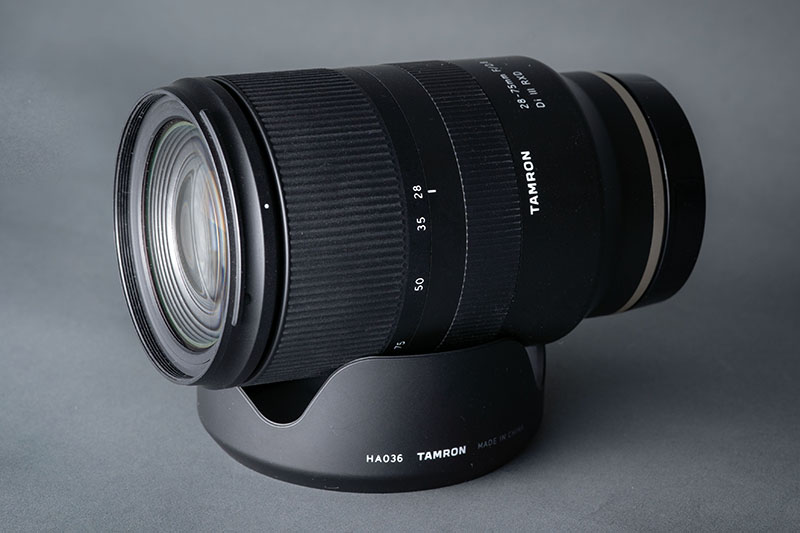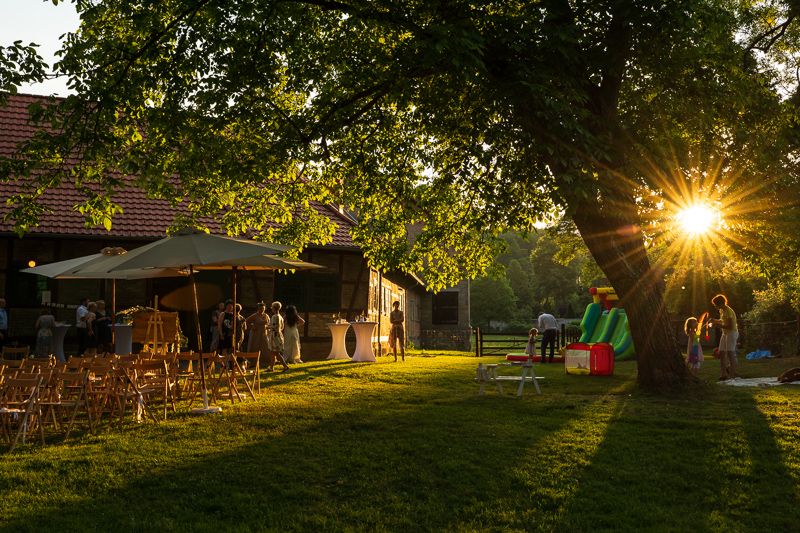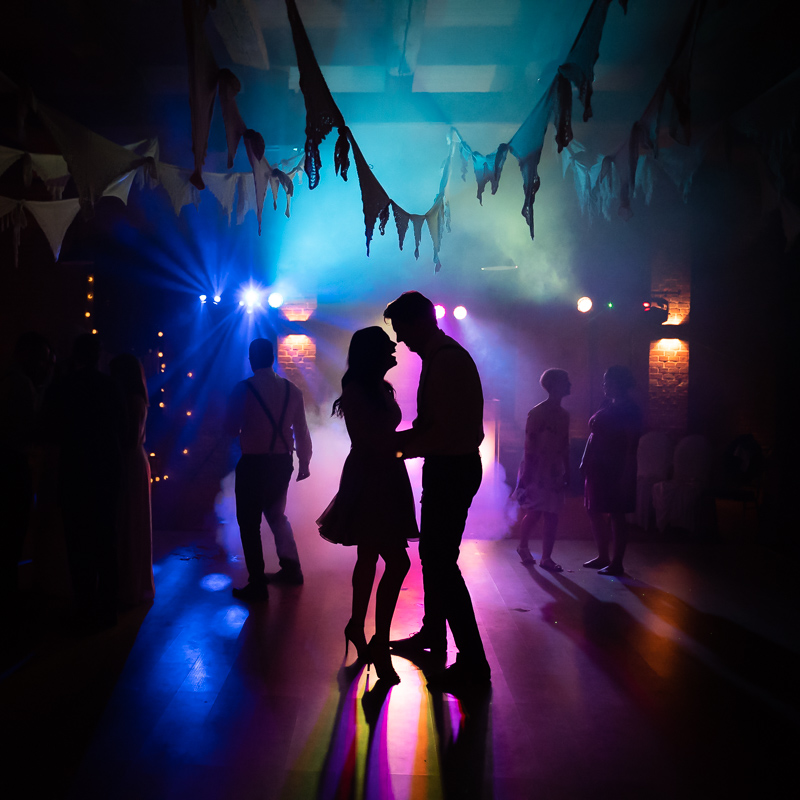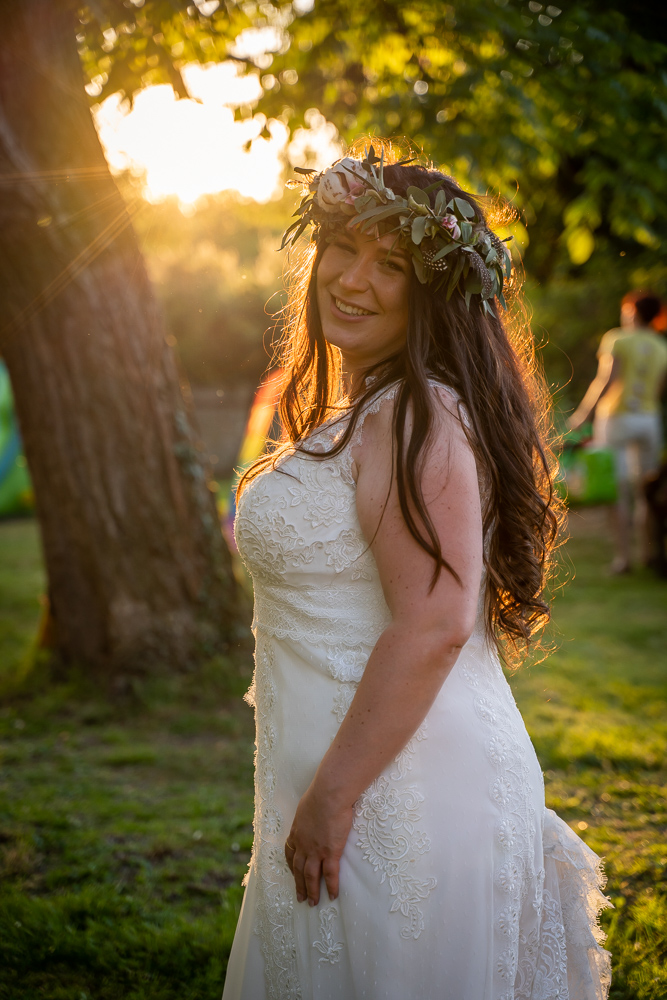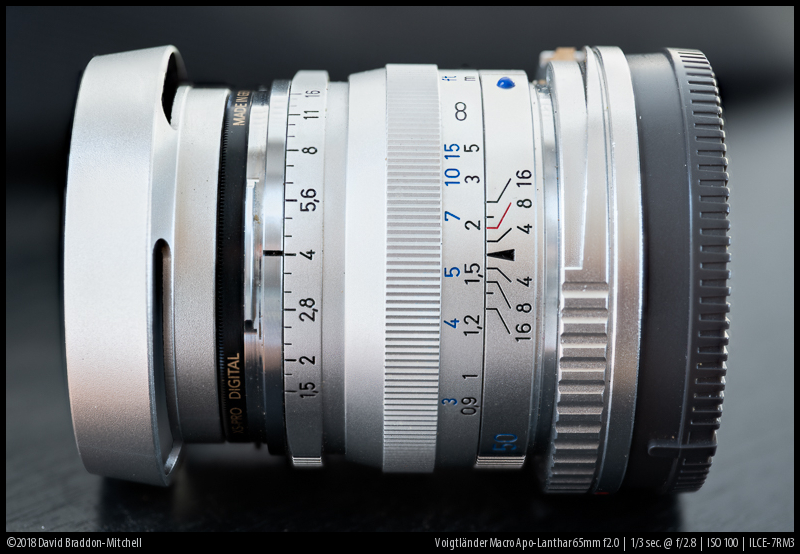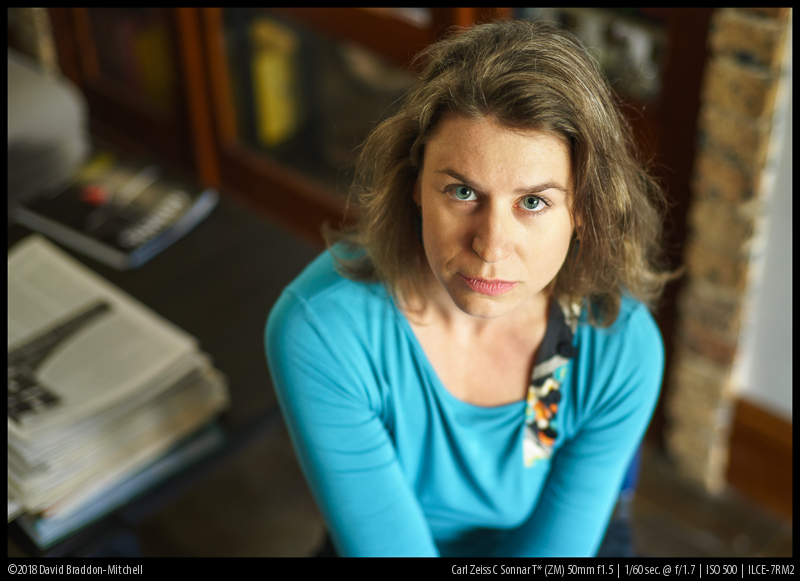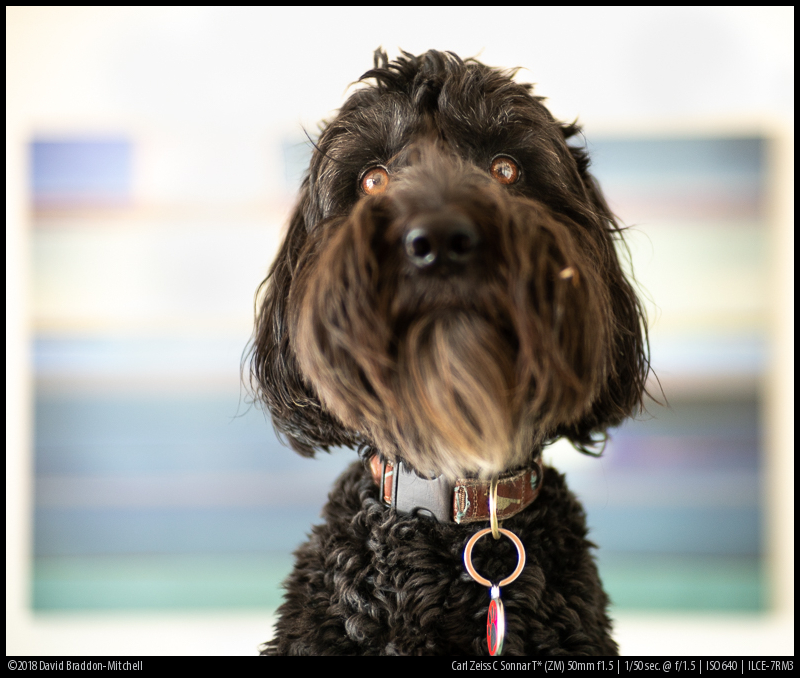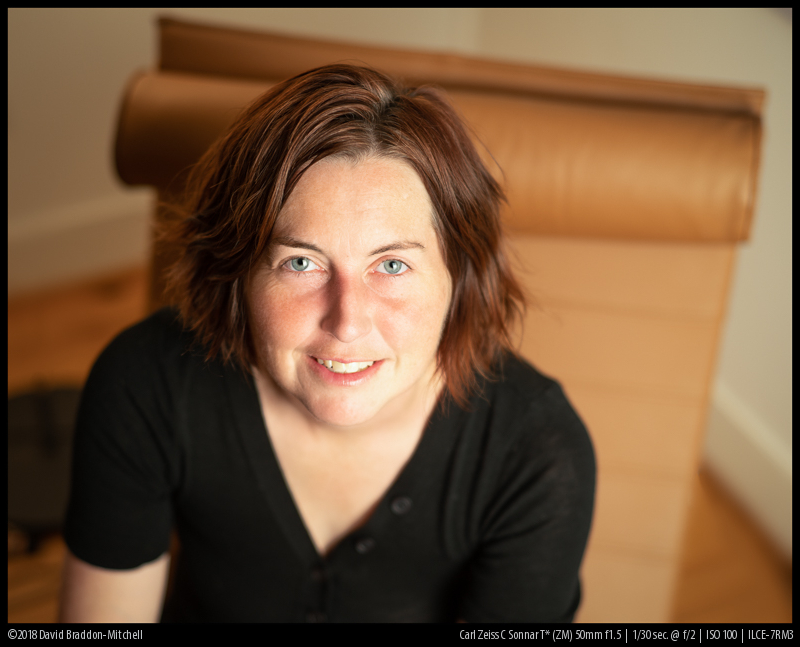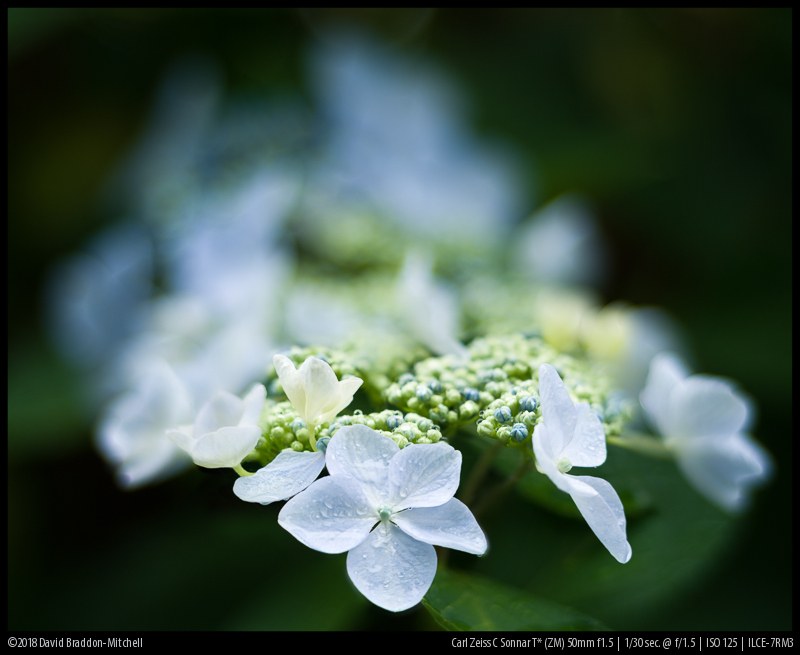Introduction
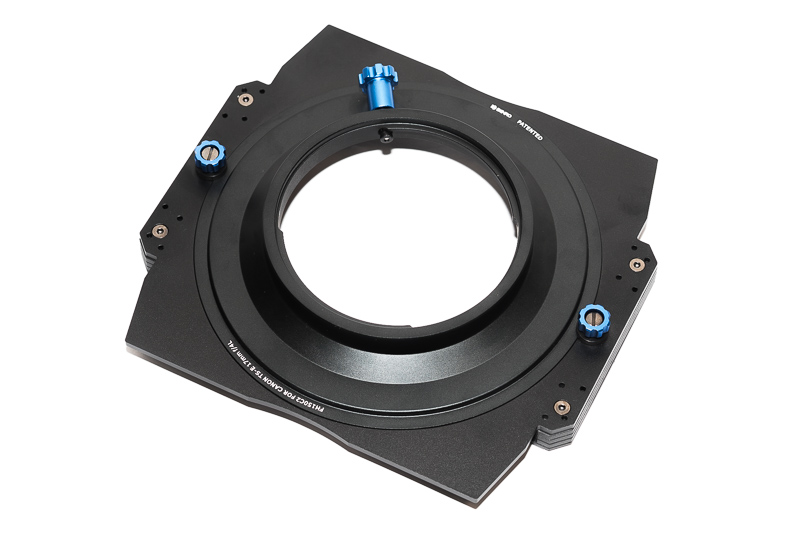
I am always looking for new photography related accessories that might be useful for what I do. Furthermore when holding a workshop or going out with other photographers I constantly have a closer look at other equipment that I wouldn’t have bought myself to see how it works in the field.
Unfortunately every once in a while I come across a product flawed by design (sometimes deeply) and then usually the Team of phillipreeve.net has the misfortune of listening to my complaints. They suggested to make a series out of this so others might be warned about these products. This is one of these flawed products.
Continue reading Short-Review: Benro 150mm Filterholder for Canon TS-E 17mm 4.0 L
